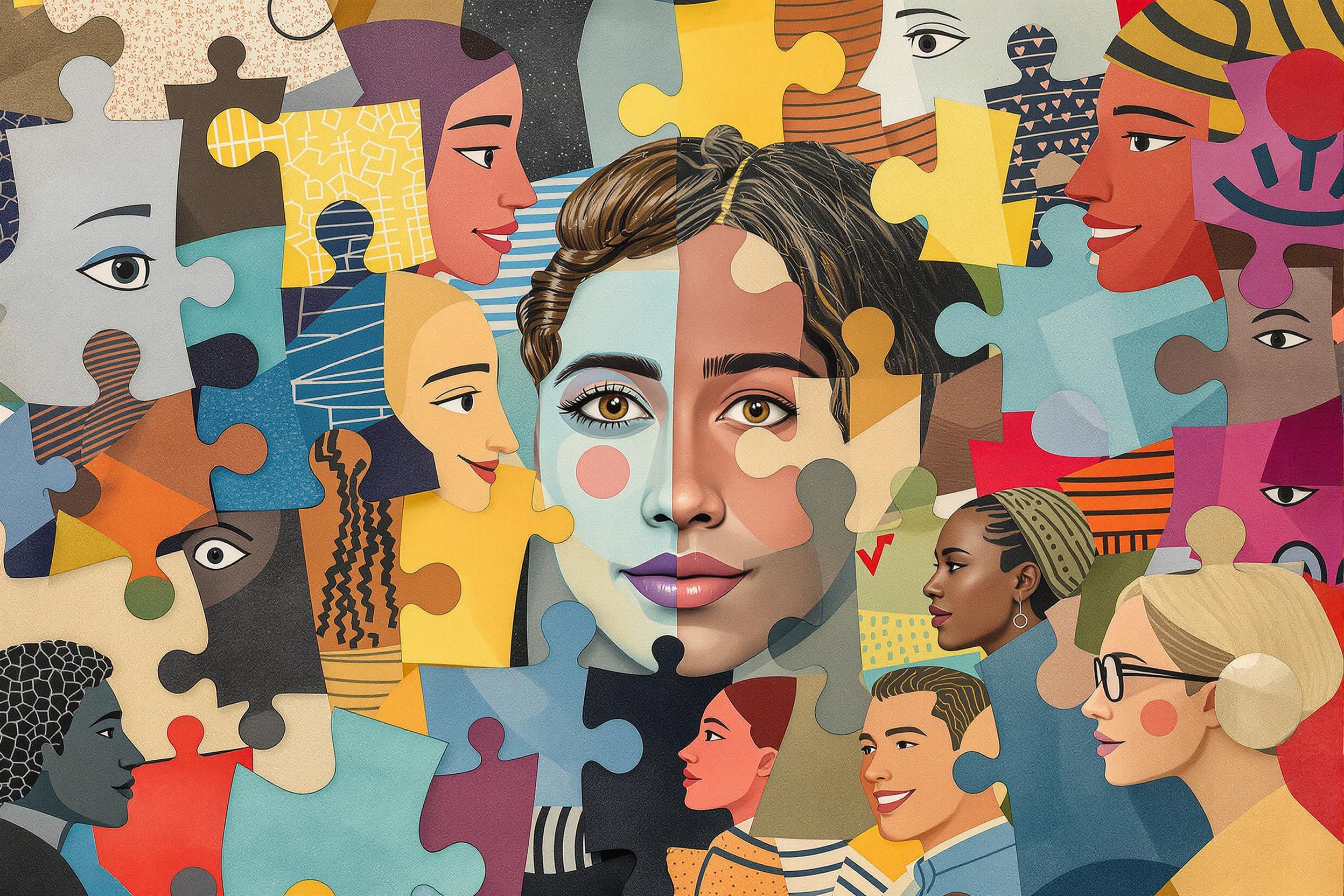
Composition
Composition is the art of arranging visual or written elements to create a compelling final product. In media and publishing, it refers to how text, images, or design elements are put together to effectively communicate a message. Think of it like arranging furniture in a room - everything needs to be placed thoughtfully to create the best impact. This term is commonly used in various creative fields including writing, photography, graphic design, and video editing. When someone mentions composition skills in their resume, they're talking about their ability to organize and structure content in a way that makes sense and looks appealing.
Examples in Resumes
Improved reader engagement by refining Composition techniques in editorial layouts
Applied advanced Composition principles to restructure long-form articles
Led training sessions on Composition and Editorial Layout for junior editors
Enhanced visual storytelling through Composition and Page Layout optimization
Typical job title: "Editorial Designers"
Also try searching for:
Where to Find Editorial Designers
Professional Organizations
Online Communities
Job Resources
Example Interview Questions
Senior Level Questions
Q: How would you approach restructuring a publication's layout strategy?
Expected Answer: A senior designer should discuss analyzing reader engagement, considering both print and digital formats, maintaining brand consistency, and leading team collaboration for implementation.
Q: How do you balance creative composition with brand guidelines?
Expected Answer: Should explain their process of maintaining creative freedom while respecting established style guides, and share examples of successful compromises between innovation and consistency.
Mid Level Questions
Q: What factors do you consider when composing a page layout?
Expected Answer: Should mention audience engagement, content hierarchy, visual flow, readability, and how these elements work together to create an effective layout.
Q: How do you adapt composition for different platforms (print vs. digital)?
Expected Answer: Should discuss how layouts need to change between formats, considering screen sizes, reading patterns, and interactive elements.
Junior Level Questions
Q: What are the basic principles of good composition?
Expected Answer: Should be able to explain concepts like balance, hierarchy, white space, and flow in simple terms, with basic examples.
Q: How do you ensure consistency across multiple pages or articles?
Expected Answer: Should discuss using style guides, templates, and basic organizational tools to maintain uniform layout and design.
Experience Level Indicators
Junior (0-2 years)
- Basic layout principles
- Template usage
- Style guide adherence
- Simple content organization
Mid (2-5 years)
- Advanced layout techniques
- Cross-platform adaptation
- Visual hierarchy optimization
- Team collaboration
Senior (5+ years)
- Layout strategy development
- Team leadership
- Brand consistency management
- Innovation in design systems
Red Flags to Watch For
- No understanding of basic layout principles
- Inability to explain their composition process
- No experience with different content types
- Poor attention to detail in their own communications
- Lack of adaptability between print and digital formats
Need more hiring wisdom? Check these out...

Global Compliance Checks: The Hidden Puzzle Pieces of Background Screening Revealed

Redefining Team Collaboration in a Digital Workspace

Refining Job Descriptions to Expand Applicant Pools: Casting a Wider Talent Net

